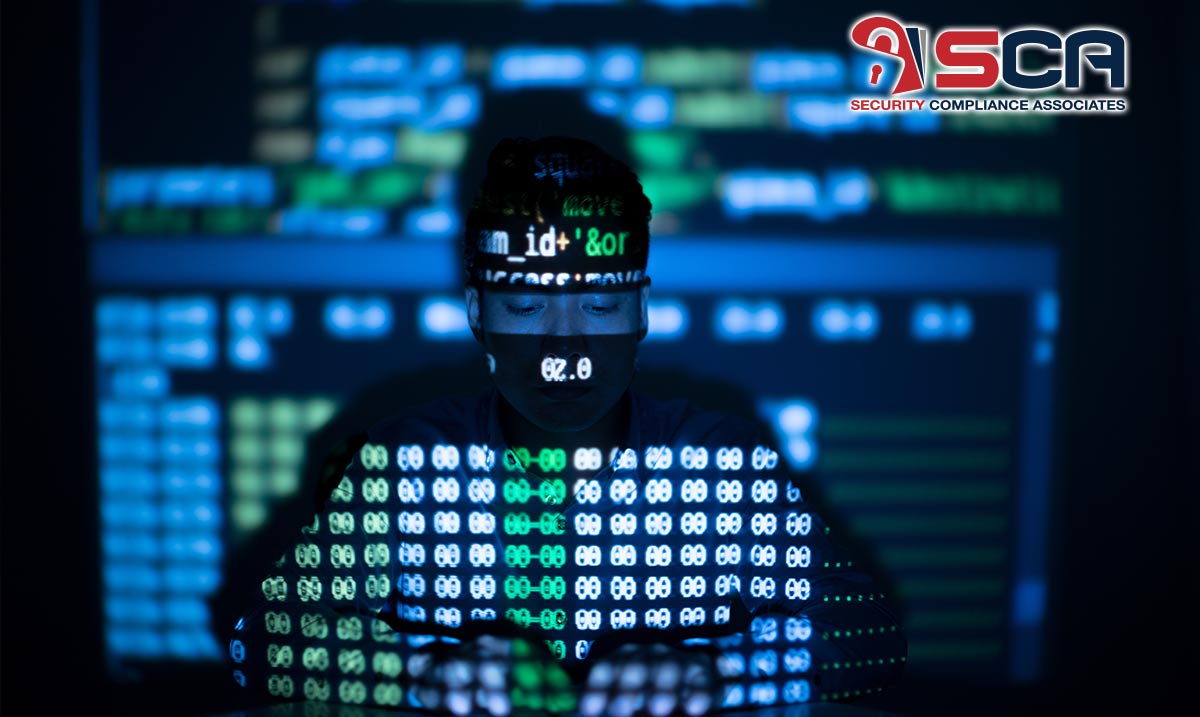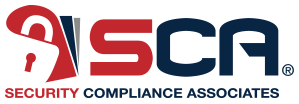
How to Prevent Ransomware After Your Business Reopens
How to prevent ransomware during a business reopening.
As states continue easing their COVID-19 stay-at-home orders and allow more people to return to physical workplaces, business owners are focusing on how to protect their workers’ health. This means a focus on enhanced cleaning schedules, sanitizing stations, staggered schedules, and desk configurations.
As employees return to work and reconnect to company networks, businesses can’t ignore the safety and health of their companies’ systems, data, and records. Hackers and cyber-criminals remain a serious threat and could be lying dormant on employee devices waiting for an opportunity to swoop in and deploy ransomware. This type of malware encrypts its victim’s files or extracts data from the network until a ransom is paid to restore them. Ransomware has the potential to cause massive data loss, cripple networks, and cause extreme damage to infrastructure. It all starts with user error, information security weaknesses, or ignorance of security risks.
How to Prevent Ransomware
The best way to stop ransomware from infecting your organization’s systems is to be proactive in your information security approach and put strong protection measures in place.
Here are some steps you can take to help secure your devices and systems:
- Have a Strong, Reputable Antivirus
One of the best ways to protect against ransomware is to install an effective, top-quality antivirus program. Antivirus software with a strong ransomware protection tool can block any malware from infecting your systems. It can protect against malicious downloads, send alerts when users are visiting risky websites, and give admins the ability to identify compromised devices. Cyber-criminals are always trying to create new strains of malware that can bypass security tools. As such, it’s important to keep your antivirus software up-to-date at all times to defend your systems against the relentless creation of new versions of malware. Set aside a moment each week to check for updates.
- Build Email Security and Endpoint Protection
Phishing scams are still the most popular way of delivering malware. Humans will always be tempted to click the link or follow pop-up installation requirements. Ransomware can easily infiltrate your devices and networks if an employee clicks on a malicious link in an email that appears to be harmless. It’s therefore important to have a secure email gateway to detect phishing threats and block them from being delivered to users. There are other technologies that display warning banners within emails when they detect malicious content. For additional peace of mind, notify employees of out of network emails, keep firewalls and endpoint protections up-to-date, and scan all emails for known ransomware strains.
- Require Additional Layers of Security for the Use of Personal Devices
Since remote work is going to be part of the “new normal”, some employees may use personal devices if their work device stops working. For ransomware protection, your organization should consider adding more layers of security to work file access, such as multi-factor authentication, VPN connection, end-to-end encryption, and password manager. Securing your data at the file level can help ensure that the economic effects of COVID-19 won’t be escalated by ransomware and data breaches.
- Update your Systems and Software
As annoying as system update notices can be, they should never be ignored. Over time, cybercriminals discover vulnerabilities in operating systems and software. Unfortunately, many organizations rely heavily on older hardware and software that is no longer supported, which exposes them to vulnerabilities. Do your company a massive favor by upgrading to a newer operating system and keeping all your software up-to-date. Each update will include the latest security patches that are vital to preventing malware and other forms of malware from infecting your system.
- Provide Security Awareness Training
Phishing scams have been on the rise since the coronavirus pandemic hit the headlines. The main issue here is a lack of awareness. Many people are unaware of what threats look like and how they should avoid opening or downloading files in emails or on the internet. It’s important for employers to educate their employees on how to identify malicious emails and the scams they contain as well as the importance of being careful when clicking on attachments. Also, you can reiterate any new and existing policies for accessing business files and providing crucial information requested over the email. When you involve employees in your organization’s plans, procedures, policies, training, education, scanning, and testing, they will be much more inclined to support policies and protocols.
- Establish Data Backup and Recovery
Part of any strong ransomware strategy is to prepare for how to respond if a ransomware attack succeeds and compromises your data. Being able to restore the data your need will help you in terms of damage control. The best way to protect data is to use a combination of online and offline storage methods, such as cloud based backup services and external hard drives. What’s more, backups must be tested regularly to ensure minimal data is lost. With these steps, you will be able to regain the functionality of your systems, mitigate the loss of any encrypted files, and avoid paying the ransom.
Conduct a Full Risk Assessment
Don’t let ransomware worsen the economic effects that the COVID-19 pandemic has had on your business. Security Compliance Associates (SCA) can help protect your company by preventing, detecting, and responding to a ransomware attack. Contact us today at 727-571-1141 to schedule the appropriate cybersecurity assessments to ensure your company’s data and systems are protected after you reopen.

